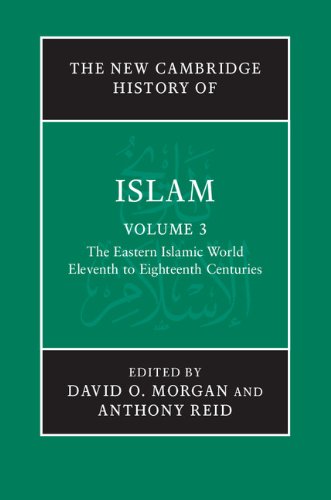The nearly simultaneous dissolution of the Mongol successor states of the Ilkhans in Iran, the Chaghadayids in Central Asia and the Golden Horde in the Qıpchaq, or Eurasian, steppe during the fourteenth century was paralleled in the far east by the unravelling of the Mongol Yuan dynasty in China, and in the far west by the eventual displacement of the Bahri Mamlūk state in Egypt by its Circassian counterpart. These political developments following the period of the great pax mongolica, which under the Chinggisid dispensation had brought together east and west, Turk and Iranian, Arab and Mongol in a vast international mercantile and cultural enterprise, resulted in the creation of what has traditionally been viewed as a political vacuum, particularly in the eastern Islamic world, and they mark the transition between the beginning and end of what Marshall Hodgson referred to as the Islamic Later Middle Period (1250–1500).
With the death of the last Ilkhanid ruler, Abū Sa’īd, in 736/1335, greater Iran and Central Asia became the arena for competing political factions, some of which succeeded in establishing local control in the form of dynastic states. Originally a Mongol tribe in Ilkhanid service, the Jalayirids established themselves in north-western Iran and Iraq, eventually prevailing over their rivals, the Chopanids. The Muzaffarids, who were of Arab descent, carved out a political niche for themselves in southern and western Iran, in the process absorbing the short-lived dynasty of the Injuids, who ruled over Fārs.
Publication Type
- Article



